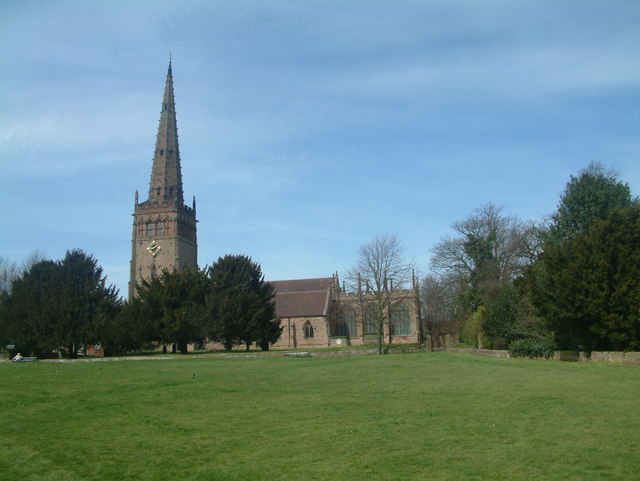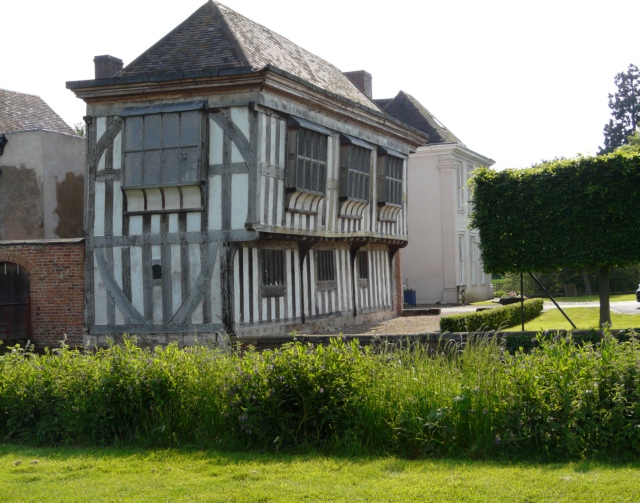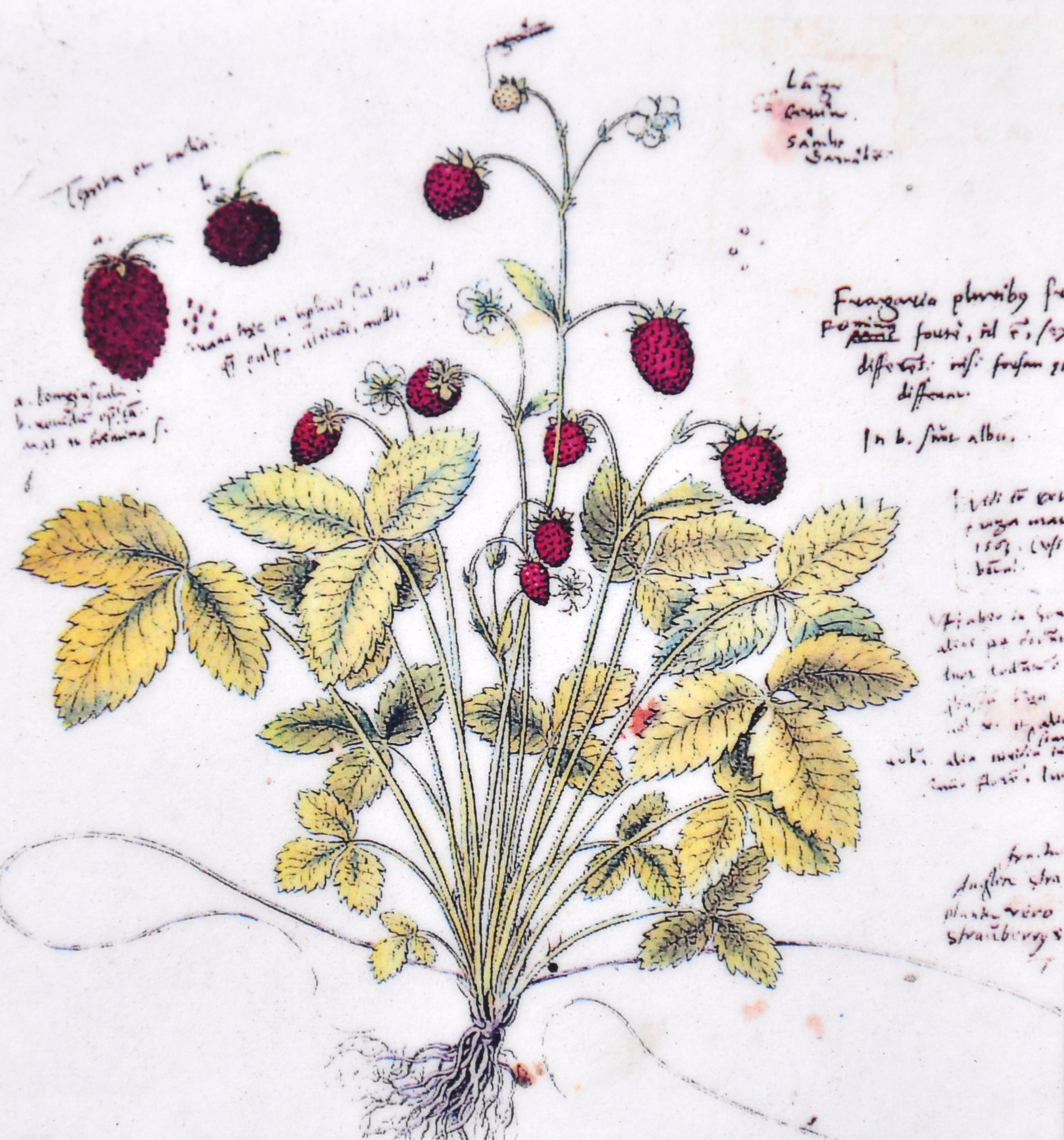|
Northern Gannet
The northern gannet (''Morus bassanus'') is a seabird, the largest species of the gannet family, Sulidae. It is native to the coasts of the Atlantic Ocean, breeding in Western Europe and Northeastern North America. It is the largest seabird in the northern Atlantic. The sexes are similar in appearance. The adult northern gannet has a mainly white streamlined body with a long neck, and long and slender wings. It is long with a wingspan. The head and nape have a buff tinge that is more prominent in breeding season, and the wings are edged with dark brown-black feathers. The long, pointed bill is blue-grey, contrasting with black, bare skin around the mouth and eyes. Juveniles are mostly grey-brown, becoming increasingly white in the five years it takes them to reach maturity. Nesting takes place in Bird colony, colonies on both sides of the North Atlantic Ocean, Atlantic, the largest of which are at Bass Rock (75,000 pairs as of 2014), St. Kilda, Scotland, St. Kilda (60,000 pairs ... [...More Info...] [...Related Items...] OR: [Wikipedia] [Google] [Baidu] |
Carl Linnaeus
Carl Linnaeus (23 May 1707 – 10 January 1778), also known after ennoblement in 1761 as Carl von Linné,#Blunt, Blunt (2004), p. 171. was a Swedish biologist and physician who formalised binomial nomenclature, the modern system of naming organisms. He is known as the "father of modern Taxonomy (biology), taxonomy". Many of his writings were in Latin; his name is rendered in Latin as and, after his 1761 ennoblement, as . Linnaeus was the son of a curate and was born in Råshult, in the countryside of Småland, southern Sweden. He received most of his higher education at Uppsala University and began giving lectures in botany there in 1730. He lived abroad between 1735 and 1738, where he studied and also published the first edition of his ' in the Netherlands. He then returned to Sweden where he became professor of medicine and botany at Uppsala. In the 1740s, he was sent on several journeys through Sweden to find and classify plants and animals. In the 1750s and 1760s, he co ... [...More Info...] [...Related Items...] OR: [Wikipedia] [Google] [Baidu] |
Bird Migration
Bird migration is a seasonal movement of birds between breeding and wintering grounds that occurs twice a year. It is typically from north to south or from south to north. Animal migration, Migration is inherently risky, due to predation and mortality. The Arctic tern holds the long-distance migration record for birds, travelling between Arctic breeding grounds and the Antarctic each year. Some species of Procellariiformes, tubenoses, such as albatrosses, circle the Earth, flying over the southern oceans, while others such as Manx shearwaters migrate between their northern breeding grounds and the southern ocean. Shorter migrations are common, while longer ones are not. The shorter migrations include altitudinal migrations on mountains, including the Andes and Himalayas. The timing of migration seems to be controlled primarily by changes in day length. Migrating birds navigate using celestial cues from the Sun and stars, the Earth's magnetic field, and mental maps. Histor ... [...More Info...] [...Related Items...] OR: [Wikipedia] [Google] [Baidu] |
Mathurin Jacques Brisson
Mathurin Jacques Brisson (; 30 April 1723 – 23 June 1806) was a French zoologist and natural philosophy, natural philosopher. Brisson was born on 30 April 1723 at Fontenay-le-Comte in the Vendée department of western France. Note that page 141 is before page 140. His parents wished him to take ecclesiastic orders, but in 1747, he abandoned his studies, and from 1749, was employed by the wealthy French naturalist René Antoine Ferchault de Réaumur as the curator of a large private collection of objects related to natural history that de Réaumur kept at his ancestral home at Réaumur, Vendée, Réaumur in the Vendée. Originally published by F. W. Peters in 1951 as ''Die Entwicklung Der Ornithologie von Aristoteles bis zur Gegenwart''. Brisson became interested in the classification of animals and was influenced by the works of Carl Linnaeus and Jacob Theodor Klein. His book ''Le Règne animal'' was published in 1756, and the highly regarded six-volume work ''Ornithologie'' wa ... [...More Info...] [...Related Items...] OR: [Wikipedia] [Google] [Baidu] |
Binomial Nomenclature
In taxonomy, binomial nomenclature ("two-term naming system"), also called binary nomenclature, is a formal system of naming species of living things by giving each a name composed of two parts, both of which use Latin grammatical forms, although they can be based on words from other languages. Such a name is called a binomial name (often shortened to just "binomial"), a binomen, name, or a scientific name; more informally, it is also called a Latin name. In the International Code of Zoological Nomenclature (ICZN), the system is also called nomenclature, with an "n" before the "al" in "binominal", which is a typographic error, meaning "two-name naming system". The first part of the name – the '' generic name'' – identifies the genus to which the species belongs, whereas the second part – the specific name or specific epithet – distinguishes the species within the genus. For example, modern humans belong to the genus ''Homo'' and within this genus to the species ''Hom ... [...More Info...] [...Related Items...] OR: [Wikipedia] [Google] [Baidu] |
Systema Naturae
' (originally in Latin written ' with the Orthographic ligature, ligature æ) is one of the major works of the Sweden, Swedish botanist, zoologist and physician Carl Linnaeus (1707–1778) and introduced the Linnaean taxonomy. Although the system, now known as binomial nomenclature, was partially developed by the Bauhin brothers, Gaspard Bauhin, Gaspard and Johann Bauhin, Johann, Linnaeus was the first to use it consistently throughout his book. The first edition was published in 1735. The full title of the 10th edition (1758), which was the most important one, was ', which appeared in English in 1806 with the title: "A General System of Nature, Through the Three Grand Kingdoms of Animals, Vegetables, and Minerals, Systematically Divided Into their Several Classes, Orders, Genera, Species, and Varieties, with their Habitations, Manners, Economy, Structure and Peculiarities". The 10th edition of Systema Naturae, tenth edition of this book (1758) is considered the starting point of ... [...More Info...] [...Related Items...] OR: [Wikipedia] [Google] [Baidu] |
Zoology
Zoology ( , ) is the scientific study of animals. Its studies include the anatomy, structure, embryology, Biological classification, classification, Ethology, habits, and distribution of all animals, both living and extinction, extinct, and how they interact with their ecosystems. Zoology is one of the primary branches of biology. The term is derived from Ancient Greek , ('animal'), and , ('knowledge', 'study'). Although humans have always been interested in the natural history of the animals they saw around them, and used this knowledge to domesticate certain species, the formal study of zoology can be said to have originated with Aristotle. He viewed animals as living organisms, studied their structure and development, and considered their adaptations to their surroundings and the function of their parts. Modern zoology has its origins during the Renaissance and early modern period, with Carl Linnaeus, Antonie van Leeuwenhoek, Robert Hooke, Charles Darwin, Gregor Mendel a ... [...More Info...] [...Related Items...] OR: [Wikipedia] [Google] [Baidu] |
Aves In The 10th Edition Of Systema Naturae
In the 10th edition of ''Systema Naturae'', published in 1758, the Swedish naturalist Carl Linnaeus described 554 species of bird and gave each a binomial name. Linnaeus had first included birds in the 6th edition of his ''Systema Naturae'', which was published in 1748. In it he listed 260 species arranged into 51 genera, in turn divided amongst six orders. The entries for each species were very brief; rather than including a description, he gave a citation to an earlier publication — often to his own ''Fauna suecica'', which had been published in 1746. Linnaeus generally followed the classification scheme introduced by the English parson and naturalist John Ray which grouped species based on the characteristics of each species’ bill and feet. The 10th edition appeared in 1758 and was the first in which Linnaeus consistently used his binomial system of nomenclature. He increased the number of birds to 554 species, collectively filling 116 pages (contrasting with a mere 17 ... [...More Info...] [...Related Items...] OR: [Wikipedia] [Google] [Baidu] |
Coleshill, Warwickshire
Coleshill ( ) is a market town and civil parish in the North Warwickshire district of Warwickshire, England, taking its name from the River Cole, on which it stands. It had a population of 6,900 in the 2021 Census, and is situated east of Birmingham, southeast of Sutton Coldfield, south of Tamworth, northwest of Coventry by road and 12.5 miles (20 km) west of Nuneaton. It borders the suburban parish village of Kingshurst in the Metropolitan Borough of Solihull to the west. It is also home to the 502 year The Coleshill School seated next to the dual carriageway. Geography Coleshill is located on a ridge between the rivers Cole and Blythe which converge to the north with the River Tame. It is adjacent to the border with West Midlands county, and is just outside Birmingham. Climate History Coleshill began life in the Iron Age, before the Roman conquest of 43AD at the Grimstock Hill Romano-British settlement, north of the River Cole. Evidence of hut circles were ... [...More Info...] [...Related Items...] OR: [Wikipedia] [Google] [Baidu] |
Firth Of Forth
The Firth of Forth () is a firth in Scotland, an inlet of the North Sea that separates Fife to its north and Lothian to its south. Further inland, it becomes the estuary of the River Forth and several other rivers. Name ''Firth'' is a cognate of ''fjord'', a Norse word meaning a narrow inlet. ''Forth'' stems from the name of the river; this is ('slow running') in Proto-Celtic, yielding in Old Gaelic and in Welsh. It was known as ' in Roman Empire, Roman times and was referred to as ' in Ptolemy's ''Geography_(Ptolemy), Geography''. In the Norse mythology, Norse sagas it was known as the . An early Welsh language, Welsh name is , or the 'sea of '. Geography and geology Geologically, the Firth of Forth is a fjord, formed by the Forth Glacier in the last glacial period. The drainage basin for the Firth of Forth covers a wide geographic area including places as far from the shore as Ben Lomond, Cumbernauld, Harthill, Scotland, Harthill, Penicuik and the edges of Gleneagles H ... [...More Info...] [...Related Items...] OR: [Wikipedia] [Google] [Baidu] |
Francis Willughby
Francis Willughby (sometimes spelt Willoughby, ) Fellow of the Royal Society, FRS (22 November 1635 – 3 July 1672) was an English ornithology, ornithologist, ichthyology, ichthyologist and mathematician, and an early student of linguistics and game studies, games. He was born and raised at Middleton Hall, Warwickshire, the only son of an affluent country family. He was a student at Trinity College, Cambridge, where he was tutored by the mathematician and naturalist John Ray, who became a lifetime friend and colleague, and lived with Willughby after 1662 when Ray lost his livelihood through his refusal to sign the Act of Uniformity 1662, Act of Uniformity. Willughby was elected as a Fellow of the Royal Society in 1661, then aged 27. Willughby, Ray, and others such as John Wilkins were advocates of a new way of studying science, relying on observation and classification, rather than the received authority of Aristotle and the Bible. To this end, Willughby, Ray and their friends ... [...More Info...] [...Related Items...] OR: [Wikipedia] [Google] [Baidu] |
Conrad Gessner
Conrad Gessner (; ; 26 March 1516 – 13 December 1565) was a Swiss physician, naturalist, bibliographer, and philologist. Born into a poor family in Zürich, Switzerland, his father and teachers quickly realised his talents and supported him through university, where he studied classical languages, theology and medicine. He became Zürich's city physician, but was able to spend much of his time on collecting, research and writing. Gessner compiled monumental works on bibliography ('' Bibliotheca universalis'' 1545–1549) and zoology ( 1551–1558) and was working on a major botanical text at the time of his death from plague at the age of 49. He is regarded as the father of modern scientific bibliography, zoology and botany. He was frequently the first to describe species of plants or animals in Europe, such as the tulip in 1559. A number of plants and animals have been named after him. Life Conrad Gessner was born on 26 March 1516, in Zürich, Switzerland, the son of Ursus ... [...More Info...] [...Related Items...] OR: [Wikipedia] [Google] [Baidu] |
Least-concern Species
A least-concern species is a species that has been evaluated and categorized by the International Union for Conservation of Nature (IUCN) as not being a focus of wildlife conservation because the specific species is still plentiful in the wild. They do not qualify as threatened, near threatened, or (before 2001) conservation dependent. Species cannot be assigned the "Least Concern" category unless they have had their population status evaluated. That is, adequate information is needed to make a direct, or indirect, assessment of its risk of extinction based on its distribution or population status. Evaluation Since 2001 the category has had the abbreviation "LC", following the IUCN 2001 Categories & Criteria (version 3.1). Before 2001 "least concern" was a subcategory of the " Lower Risk" category and assigned the code "LR/lc" or lc. Around 20% of least concern taxa (3261 of 15,636) in the IUCN database still use the code "LR/lc", which indicates they have not been re- ... [...More Info...] [...Related Items...] OR: [Wikipedia] [Google] [Baidu] |











